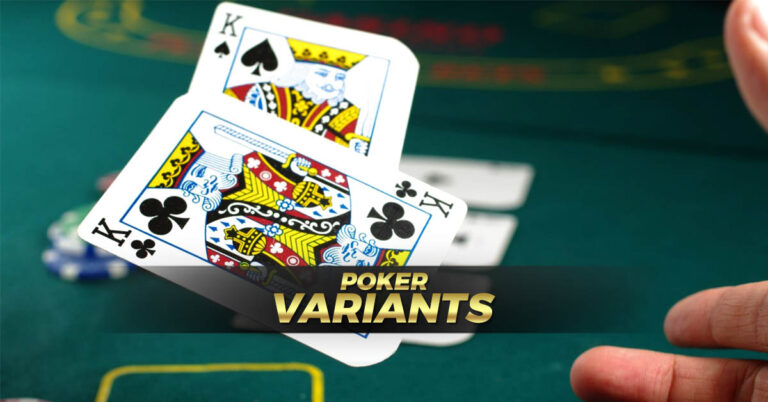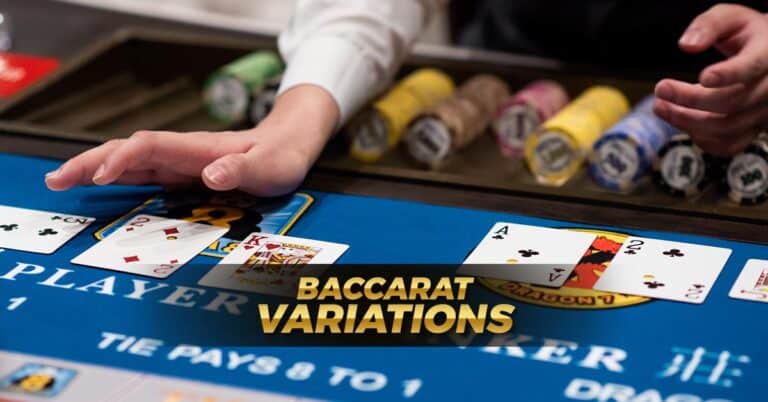Poker Strategies for More Winning Chances
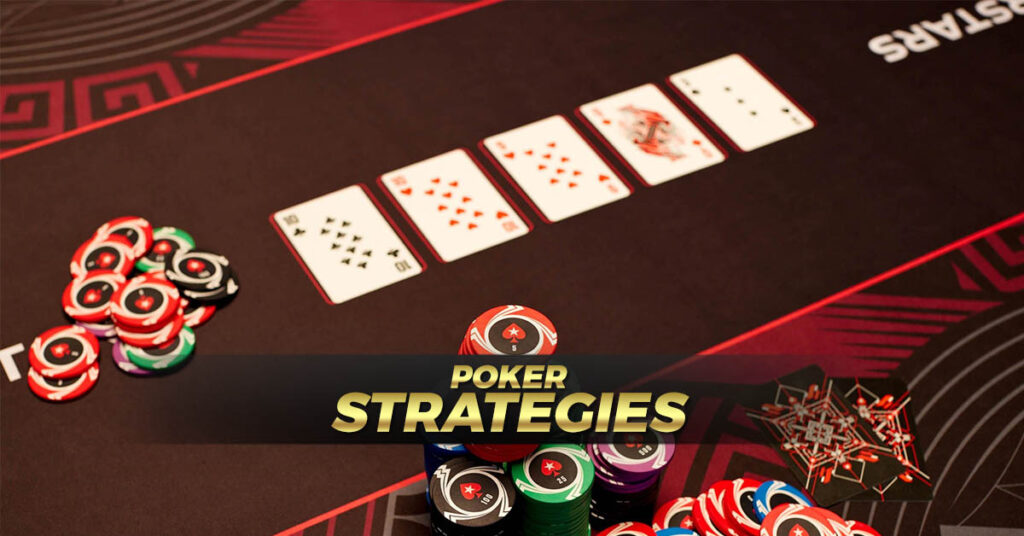
Proven poker strategies, from bluffing techniques to advanced hand analysis, our comprehensive guide will equip you with the skills and knowledge needed to outsmart your opponents and maximize your chances of success in the thrilling world of live poker.
Why Learn Poker Strategies?
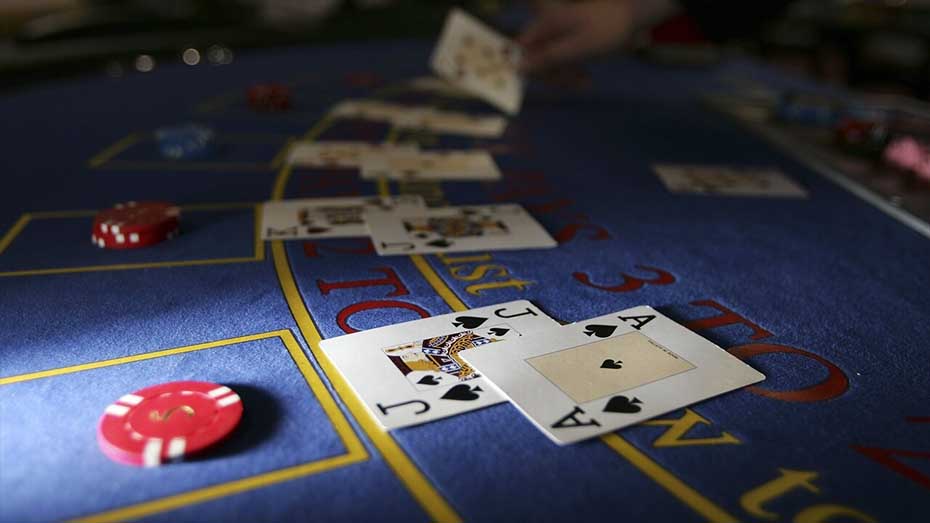
Learning poker strategies is essential for anyone seeking to excel in the game. By understanding and implementing effective techniques, you gain a competitive edge over opponents, increase your odds of winning, and enhance your online poker experience.
From fundamentals to advanced tactics, mastering poker strategies empowers you to make informed decisions, read your opponents, and adapt to different game scenarios. Whether you play recreationally or aspire to become a professional player, investing time in learning poker strategies will undoubtedly pay off at the tables.
Popular Poker Strategies
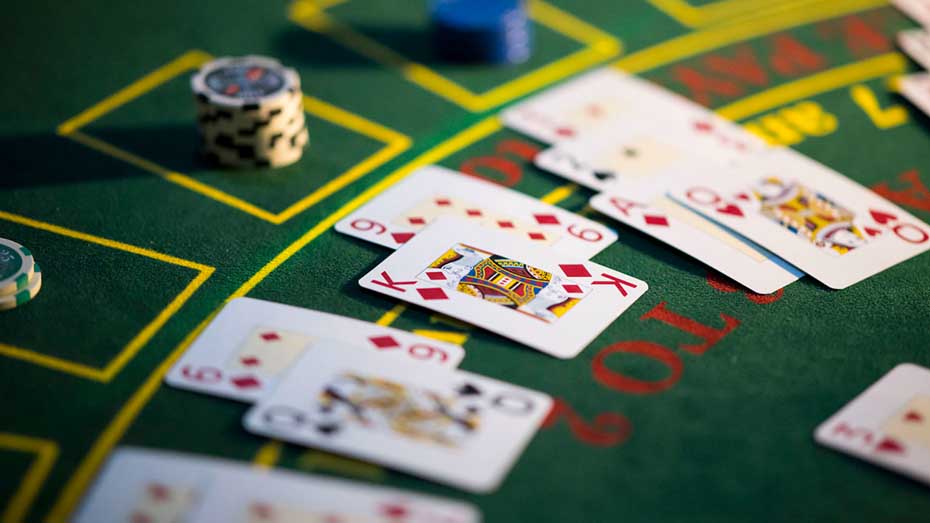
Strategies in playing live poker are the techniques and approaches used by players to gain an advantage over their opponents and increase their chances of winning the game. These strategies encompass various skills, from hand selection and positional play to reading opponents and managing bankrolls.
Here are some of the widely used poker strategies that you may start to practice when you choose to play poker on Fun88:
Bluffing
Bluffing is an essential strategy in online poker. It involves making bets or raises with weak or mediocre hands to deceive opponents into folding stronger hands. Successful bluffing requires reading opponents, understanding their tendencies, and choosing the right moments to bluff.
Using this technique in playing poker, one must consider the following:
Tight Aggressive (TAG)
This strategy involves playing a narrow range of strong hands but playing them aggressively. It focuses on selective hand selection and making calculated bets and raises to put pressure on opponents.
As a tight-aggressive player, you focus on playing premium starting hands with a high probability of winning. This typically includes strong pocket pairs (e.g., Aces, Kings, Queens), high-ranking suited connectors (e.g., Ace-King, Ace-Queen), and strong suited or connected hands (e.g., King-Queen suited, Jack-10 suited). Once you have a strong hand, you employ an aggressive betting and raising strategy. You make strong bets and raises to pressure your opponents and extract value from weaker hands.
This aggressive approach aims to build the pot when you have a strong hand and force opponents with weaker hands to fold.
While the tight-aggressive strategy primarily focuses on playing strong hands, controlled bluffing is still a part of the strategy. Well-timed bluffs can be effective when the board or opponent’s actions suggest they have a weak hand. However, bluffing should be selective and calculated rather than an overly frequent occurrence.
You should also pay close attention to your opponents’ tendencies and playing styles. Look for opportunities to exploit their weaknesses and adjust your strategy accordingly. If you notice certain opponents are more prone to folding, you can increase your aggression against them.
Pro-tip: The tight-aggressive strategy requires discipline and patience. It’s important not to get tempted to play too many marginal hands or become overly aggressive when facing resistance. Stick to your strong hand selection and aggressive betting approach while being mindful of pot odds and opponent reactions.
Positional Play
Observing your opponents’ tendencies can provide valuable information for bluffing. Look for signs of weakness, such as players who frequently check or hesitate before betting. Bluffing against more cautious or risk-averse opponents can be more successful.
Here’s how positional play is typically executed in poker:
Pay close attention to how your opponents react to your bets and raises when you’re in different positions. This information can provide valuable insights into the strength of their hands. For example, if players tend to fold more frequently when you’re in late position, you can increase your aggression and exploit their tendencies.
Positional play requires adaptability. Your strategy should vary depending on the players at the table, their playing styles, and the game’s dynamics. For instance, if the players in late position are aggressive, you may need to tighten your range and play more selectively.
Hand Reading
When it comes to using the hand reading strategy, this involves analyzing opponents’ actions, bet sizes, and overall gameplay to deduce the strength of their hands. By narrowing down possible hand ranges, you can make more accurate decisions, such as whether to fold, call, or raise.
In online poker, this involves gathering information from the available cues and using logical deduction to estimate the range of hands an opponent may have. While online play removes some physical tells, there are still several factors to consider:
Pro-tip: Take advantage of the note-taking feature available in many online poker platforms. Keep track of notable hands, tendencies, and observations about your opponents. These notes can help you build a more accurate picture of their ranges in future encounters.
Remember that hand reading in online poker is not an exact science. It requires a combination of observation, experience, and logical deduction. As you gather more information about your opponents’ playing style and tendencies, you can refine your hand-reading skills and estimate their hand ranges more accurately.
FAQs
Conclusion
While strategies provide a foundation, successful poker players continuously refine and adapt their approaches based on changing circumstances. Experience, observation, and analysis are crucial in developing an effective strategy that suits one’s playing style and maximizes their chances of success at the Fun88 poker table.
Effective poker strategies involve making calculated decisions based on factors such as the strength of one’s hand, the actions and behaviors of opponents, and the overall dynamics of the table. By utilizing different strategies, players aim to exploit weaknesses in their opponents’ play, minimize risks, and maximize profits.












